Human cell
Introduction
The human cell is the basic structural, functional, and biological unit of all known living organisms. Cells are the smallest unit of life that can replicate independently, and are often called the "building blocks of life". The study of cells is called cell biology.
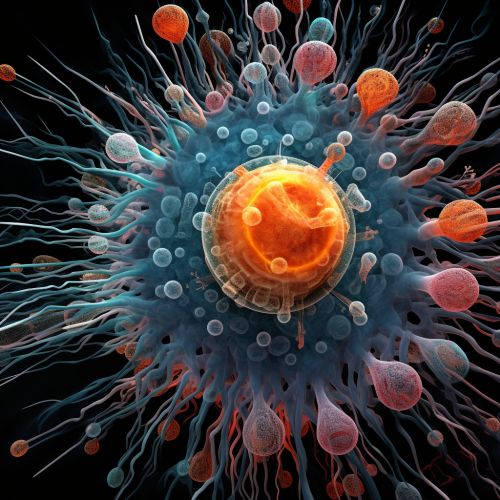
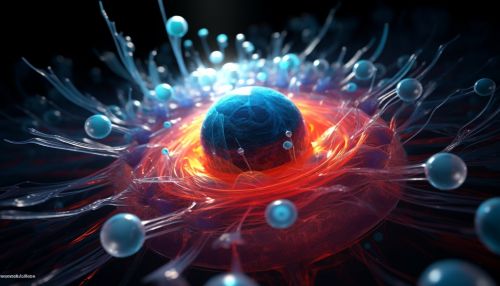
Structure
Human cells have a variety of components, each with specific functions. These components, or organelles, include the nucleus, mitochondria, endoplasmic reticulum, Golgi apparatus, lysosomes, and peroxisomes.
Nucleus
The nucleus is the largest organelle in the cell and contains most of the cell's genetic material. This material is organized as DNA molecules, along with a variety of proteins, to form chromosomes.
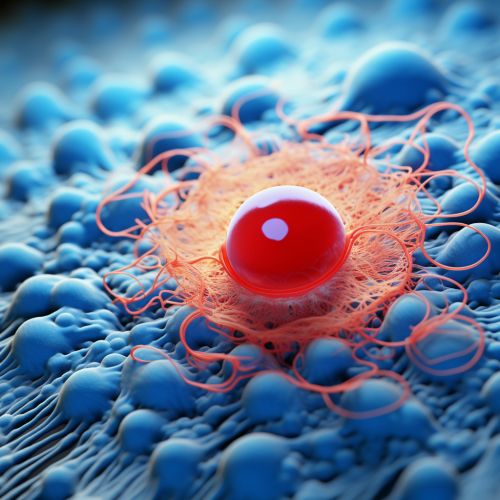
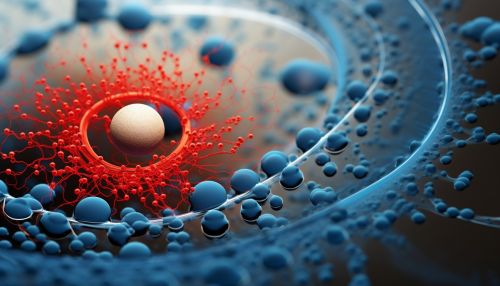
Mitochondria
Mitochondria are known as the powerhouses of the cell. They are organelles that act like a digestive system which takes in nutrients, breaks them down, and creates energy-rich molecules for the cell. The biochemical processes of the cell are known as cellular respiration.
Endoplasmic Reticulum
The endoplasmic reticulum (ER) is a type of organelle in the cells of eukaryotic organisms that forms an interconnected network of flattened, membrane-enclosed sacs or tubes known as cisternae. The membranes of the ER are continuous with the outer nuclear membrane.
Golgi Apparatus
The Golgi apparatus is an organelle present in most eukaryotic cells. It is made up of membrane-bound sacs, and is also called a Golgi body, Golgi complex, or dictyosome. The job of the Golgi apparatus is to process and bundle macromolecules like proteins and lipids as they are synthesized within the cell.
Lysosomes and Peroxisomes
Lysosomes contain digestive enzymes (acid hydrolases) that break down waste materials and cellular debris. They can be described as the stomach of the cell. Peroxisomes are small, membrane-enclosed organelles that contain enzymes involved in a variety of metabolic reactions, including several aspects of energy metabolism.
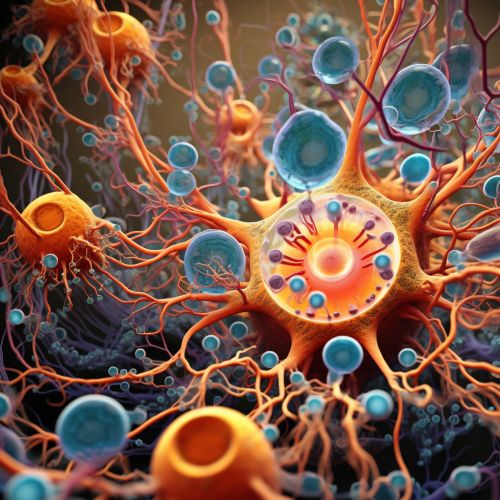
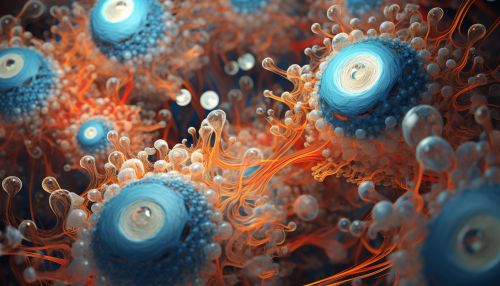
Function
The human cell has many functions, including protein synthesis, gene expression, and cell division. Each of these functions is vital to the health and survival of the organism.
Protein Synthesis
Protein synthesis is one of the most fundamental biological processes by which individual cells build their specific proteins. This process involves the construction of large protein molecules from small amino acids. This process is carried out in the ribosomes, small organelles in the cell where RNA is translated into protein.
Gene Expression
Gene expression is the process by which the genetic code - the nucleotide sequence - of a gene is used in the synthesis of a functional gene product. It involves the process of transcribing DNA into RNA (transcription) and then translating that RNA into proteins (translation).
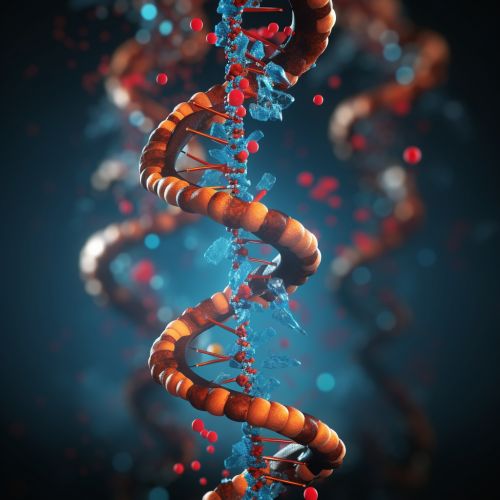
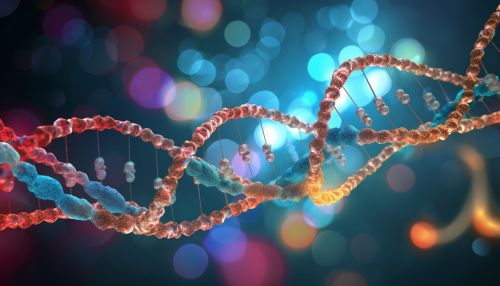
Cell Division
Cell division is the process by which a parent cell divides into two or more daughter cells. It is a vital process in all living organisms, as it is the means by which they grow and reproduce. There are two types of cell division: mitosis and meiosis.
Types of Human Cells
There are hundreds of types of human cells, each with a specific function. These include neurons, red blood cells, white blood cells, and epithelial cells.
